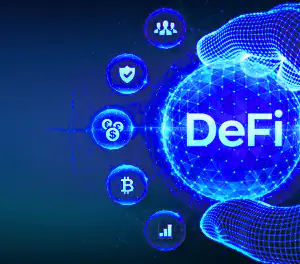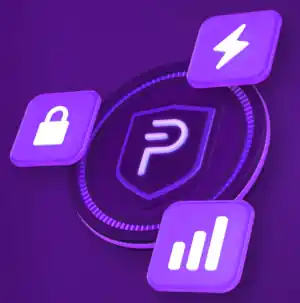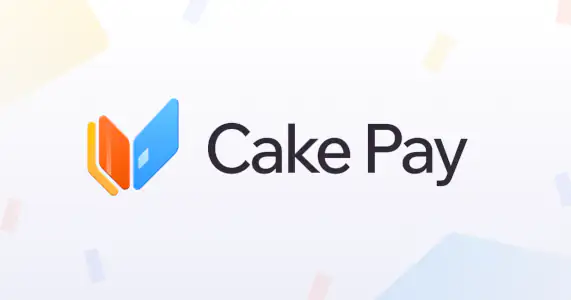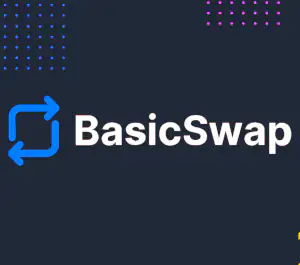
4 min 325
How to Earn in the DeFi Sector
So, DeFi in 2025? Yeah, it's kind of blowing up. Seriously, we're talking over 12 million users already, and projections say it sails past 20 million by 2027. And the cash locked in? A massive $149 billion – real money keeping things humming behind the scenes. This isn't just hype; it feels like a real shift towards different ways of handling money and finding opportunities. DeFi analytics platform – DefiLlama.

Getting the basics right is step zero. DeFi?
Think "dee-fye". It cuts out the banks using blockchain, letting people deal directly with each other. Faster payments, cheaper loans, stuff like that – more accessible for way more people. It mostly runs on Ethereum, using these self-running contracts to keep things secure and smooth.
How it actually works is kinda neat. Forget needing a bank to guarantee things. DeFi uses those self-running contracts. So, people just interact directly, peer-to-peer, and the whole blockchain thing locks it all down securely. Your digital wallet is the key.
Now, earning?
That's where folks get interested. If building your own app isn't on the cards right now, passive income is the other route. You use your crypto on different DeFi tools to try and earn more.
Here are the main things people do:
- Park Your Crypto for Fees: Put your coins into trading pools on exchanges like Uniswap or Curve. When people trade, you get a cut of their fees. Pretty popular way to earn.
- Freeze Your Funds (But Get Paid): Many DeFi projects have their own tokens. Lock them up to help keep the network running, join in on governance votes, and earn new tokens over time. Like putting money in a savings account, but... frozen for a bit.
- Chase the Highest Yield (Carefully!): This is "yield farming". You move your money around different DeFi platforms – lending here, liquidity mining there – hunting for the best returns. You can earn extra tokens or interest. But heads up: This is risky business. Prices swing wildly, and sometimes the underlying tech itself can have flaws.
- Be the Bank (Sort of): Lend your crypto out to borrowers and collect interest. Or, become the borrower yourself by locking up other crypto as collateral. Another way to potentially earn without too much fuss.
- Help Trades Happen (Get Paid For It): Similar to liquidity providing, but specifically focused on making trading smooth in Automated Market Maker pools like Balancer or Curve. You contribute assets and earn trading fees.
- Buy into the Project: Grab the governance tokens of major DeFi platforms. If the platform does well, your tokens might become more valuable. Plus, holding them often means you get a say in how things are run.
- Hold and Hope for Surprises: Sometimes projects just give away free tokens or do "airdrops" to people holding their main token. Stick it in your wallet and occasionally, boom, free crypto lands.
- Use Your Vote: If you hold those governance tokens, you can often vote on proposals for the platform. Sometimes, just participating in votes earns you extra rewards.
- Specialized Places: There are platforms built specifically for passive income in DeFi. They do complex things behind the scenes to optimize returns – stablecoin yields, crypto-backed loans, all that jazz. Well-known names include Aave, Frax Finance, Pendle, Uniswap V3, and others like Convex paired with Curve, Gamma, Aura, Magpie, StakeDAO, Maverick.
Key Risks to Note
- Yield farming carries high volatility and tech risks
- Liquidity providers face impermanent loss
- Regulatory uncertainty persists (e.g., stablecoin rules like MiCA)
- Smart contract exploits remain a top threat
Bottom line?
Jumping into DeFi passive income means doing your homework. You gotta pick protocols that fit your own comfort with risk, what crypto you have, and what you're actually trying to achieve. It's exciting, sure, but it's not without its bumps along the way.









